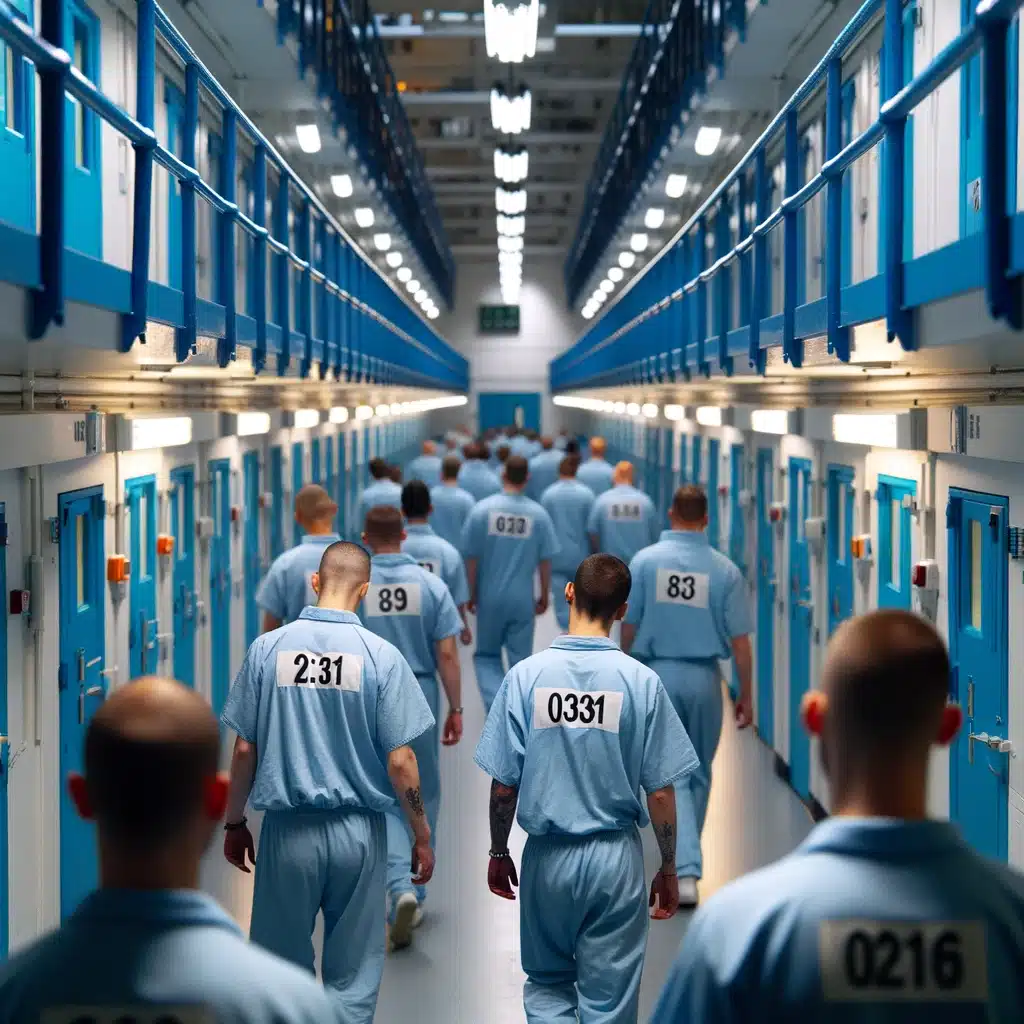Prison system UK

The Prison System in the UK: Structure, Objectives, and Challenges
The United Kingdom’s prison system is a complex network designed to serve the dual purposes of punishment and rehabilitation. With a history dating back centuries, the system has evolved to meet the changing needs of society. This article provides an in-depth look at the UK’s prison system, its structure, objectives, and the challenges it faces.
The Structure of the UK Prison System
The UK prison system is divided into several categories, each designed to accommodate different types of offenders and security needs:
1. Category A Prisons
These are high-security prisons for inmates who pose the most significant risk to the public, the police, or national security. They are designed to prevent escape attempts and manage inmates with dangerous tendencies.
2. Category B Prisons
These are also secure prisons, but they do not require the same level of security as Category A facilities. They house prisoners who cannot be trusted in open conditions but are not classified as high-risk.
3. Category C Prisons
These are training and resettlement prisons. Inmates in Category C prisons are considered unlikely to attempt escape but cannot be trusted in open conditions.
4. Category D Prisons
Also known as open prisons, these have minimal security and are intended for prisoners who pose a low risk. They often work towards rehabilitating and reintegrating inmates into society.
5. Women’s Prisons
These are specifically for female inmates and are designed to address the unique needs of women in the criminal justice system.
6. Young Offender Institutions
These institutions cater to young offenders aged between 18 and 21, focusing on education and rehabilitation.
Prison system UK
Objectives of the UK Prison System
The UK prison system aims to achieve several key objectives:
1. Public Protection
The primary objective is to protect the public by removing dangerous individuals from society.
2. Punishment
Prison serves as a form of punishment, depriving offenders of their liberty as retribution for their crimes.
3. Rehabilitation
A core focus is on rehabilitating offenders, providing them with education, skills, and support to reduce the likelihood of reoffending.
4. Restorative Justice
The system also aims to facilitate restorative justice, allowing offenders to make amends and victims to find closure.
Challenges Facing the UK Prison System
Despite its objectives, the UK prison system faces several challenges:
1. Overcrowding
Many UK prisons are operating at or above capacity, leading to strained resources and increased tensions within the prison population.
2. Mental Health Issues
A significant proportion of the prison population struggles with mental health issues, which the system is often ill-equipped to address adequately.
3. Recidivism
Reducing reoffending rates is a constant challenge. Effective rehabilitation is crucial to breaking the cycle of crime.
4. Funding and Resources
Budget constraints can impact the quality of facilities, staffing levels, and rehabilitation programs.
5. Contraband and Security
The smuggling of contraband, including drugs and mobile phones, poses ongoing security challenges.
6. Staffing Issues
Recruiting and retaining qualified prison staff is a persistent issue, affecting the overall functioning of the system.
Conclusion
The UK’s prison system is a vital component of the criminal justice system, tasked with balancing punishment and rehabilitation. While it faces numerous challenges, ongoing reforms and initiatives aim to enhance its effectiveness and fairness. Understanding the complexities of the system is crucial for anyone interested in criminal justice, policy-making, or social reform.
The UK prison system is a multifaceted entity, tasked with the complex responsibility of safeguarding the public while striving to rehabilitate those who have fallen afoul of the law. It operates under the Ministry of Justice and is spread across England, Wales, Scotland, and Northern Ireland, each with its own slight variations and governing bodies. The system is designed to accommodate a diverse range of offenders, including adults, young offenders, and women, each with tailored facilities and programs to address their specific needs.
Rehabilitation remains a cornerstone of the UK prison philosophy, with a strong emphasis on preparing inmates for a successful reintegration into society. This is achieved through a variety of educational programs, vocational training, and therapeutic services aimed at addressing the underlying issues that may have contributed to criminal behaviour. The system also recognises the importance of maintaining familial ties and offers various programs to support family connections, as these are often crucial for an inmate’s successful re-entry into the community.
However, the system is not without its challenges. Overcrowding remains a significant issue, leading to strained resources and potentially hindering the effective delivery of rehabilitative services. Mental health concerns are prevalent among the prison population, necessitating a comprehensive approach to healthcare within the institutions. Moreover, the rise of technology has introduced new challenges, such as the smuggling of mobile phones and other contraband, which can undermine the security and order within the facilities. Despite these challenges, the UK prison system continues to evolve, seeking innovative solutions and reforms to enhance its efficacy and uphold its commitment to justice and rehabilitation.


